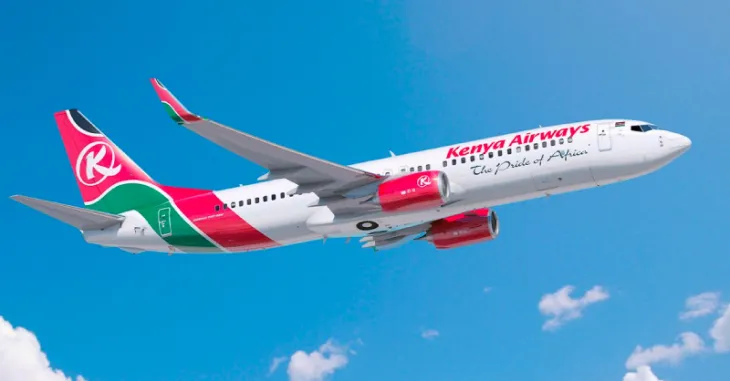Russia-Ukraine conflict surging building costs surge in

The construction industry should brace for a further surge in the cost of construction after the Architectural Association of Kenya (AAK) warned of an increase in the cost of materials as the Russian invasion of Ukraine crisis persists.
Since the conflict started in the last week of February, the cost of steel moved up by around $35 per tonne on the international market and is projected to rise further. A recent rise in prices of sulfate-grade titanium dioxide; a key raw material for the production of premium paint has also been cited as a key causative factor for the increase in the cost of paint products in recent times.
Industry data has revealed that the global price of titanium dioxide has risen by up to 46 per cent since November 2021 with the same being attributed to declining supply and increased demand.
“We note that the changing price dynamics as far as steel-related products are concerned will have a lasting effect in Kenya’s real estate sector,” said AAK President Wilson Mugambi. He said the government should consider adopting tax concessions for paint, steel and cement manufacturers to cushion the construction industry from stalling.
Stimulus package
“Sector-specific stimulus packages and policies will help address the situation and cushion the construction industry which contributes an average of seven per cent to the country’s gross domestic product (GDP),” said Mugambi.
The association further projects that the cost of steel will continue to move upwards on “good demand” and as the supply chain remains affected amid the Ukraine-Russia conflict with no end in sight, the situation may worsen.
“Accordingly, we expect that developers and professionals alike will take a wait-and-see approach as the trend is expected to continue for a better part of 2022, amplified by the heightened political activities and election-related uncertainty in the country,” it said. Members of the public, the association added, are urged to consult qualified quantity surveyors before embarking on construction projects to ensure adequate cost control frameworks are put in place.
An assessment of the market trends has shown that some steel products have increased by up to 40 per cent since December 2021 to date.
The Kenyan currency has increasingly continued to weaken in recent months and is projected to remain under sustained pressure due to bets on the dollar continuing to gain, reduced inflows from exports, and elevated global oil prices.
For instance, on December 14, 2021, Kenyans traded at Sh112.9 per dollar, depreciating 0.9 per cent from the same day in the prior month and weakening 3.3 per cent compared to the same day in 2020. Today, the is trading at Sh114.40 per dollar. An investigation and expert analysis by members of the AAK Quantity Surveyors’ Chapter has revealed that the other major cause of price increase in steel and other building materials may be attributed to the rising prices of oil and related products.
Steel production
A major percentage of energy used in cement and steel production is petroleum oil which has equally been affected by the consistent rise in prices occasioned by the Covid-19 pandemic and most recently by the Ukraine-Russia War.
One of Russia’s main exports is petroleum and petroleum products, which are facing sanctions throughout the world, causing a hike in petroleum prices.
Energy and Petroleum Regulatory Authority (Epra) recently released an advisory on the maximum petroleum prices in Kenya with the net effect being a rise of Sh5 in petrol and diesel prices.
In November 2021, the National Independent Clinker Verification Committee revealed that Kenya is currently grappling with a clinker shortage of up to 3.3 million tonnes with a 2020 revealing that the country produces 3.8 million tonnes of clinker against a demand of 5.3 million tonnes.














